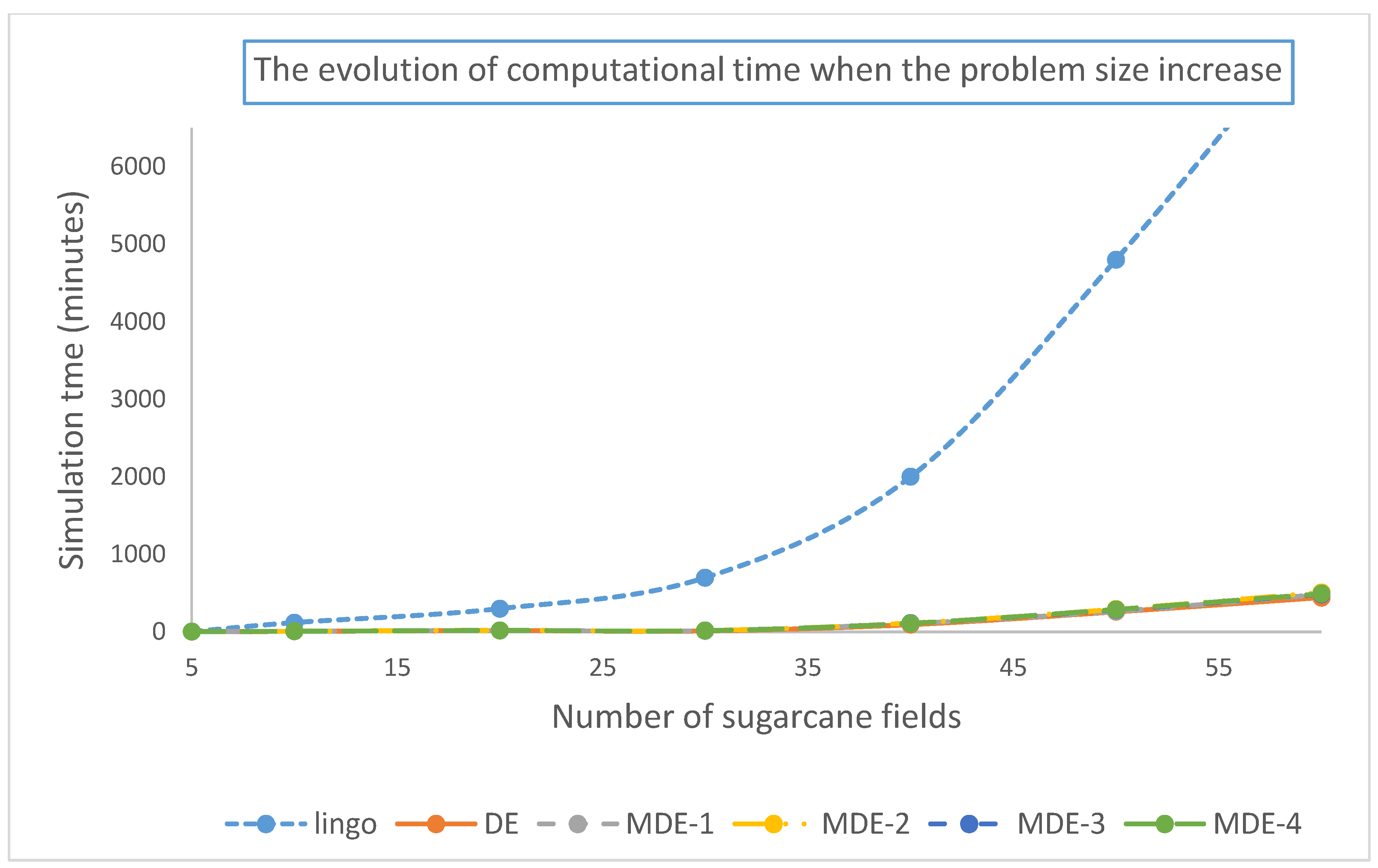- Quadratic Formula In Dev C++
- Quadratic Formula Decimal Calculator
- The Quadratic Formula Explained
- Quadratic Formula Decimal Answer
C Program to Find All Roots of a Quadratic Equation. It's roots is given by following the formula. The term b 2-4ac is known as the discriminant of a quadratic equation. The discriminant tells the nature of the roots. If discriminant is greater than 0, the roots are real and different. Apr 28, 2013 It’s filed under C, college and tagged c language, c, dev c, imaginary number, program, quadratic equation. Bookmark the permalink. Hi, I am trying to make a variable equation solver using DEV-C. I just need to know how to get C to solve an equation inputed by the user. So you input something like 1+1 and i need it to solve the problem and output the answer. Heres an example.
Solving quadratic equation
This C++ example program is to calculate the root(s) of a quadratic equation: ax2+bx+c=0. The program firstly asks the user to input factors a, b, and c. The root(s) is calculated based on the following conditions:
-If a and b are zero, then there is no root.
-If a is zero, then there is one root, -c/b.
-If delta is less than 0, then there is no root.
-If all above conditions are not true, then there are two roots.
#include <cstdlib>
#include <iostream>
#include<cmath>
using namespace std;
int main(int argc, char *argv[]) {
float a, b,c; //declare local variables
float x,x1,x2,delta;
cout<<'Enter a, b, c:';
cin>>a>>b>>c;
if((a0) && (b0)) cout<<'No root'<
}
else{
//calculate delta
delta=b*b-4*a*c;
if(delta<0) cout<<'No root'<
x2=-b+sqrt(delta)/(2*a);
cout<<'x1='<< />< />< />< />
}
}
system('PAUSE');
return EXIT_SUCCESS; } < />< />< />
< />
Quadratic Formula Decimal Calculator
Comments
Stephanie Write a program that reverses a string then displays it. 2017-03-01 |
Stephanie Write a program that reverses a string then displays it. 2017-03-01 |
dylan Good evening guys... im new in C++ looking for help. my question is --- 2017-02-18 |
dylan Good evening guys... im new in C++ looking for help. my question is --- 2017-02-18 |
Leslie Jason #include <iostream> 2016-10-04 |
Kent Hi, Please help me with this.. 2016-07-29 |
Solving quadratic equations or finding the roots of equations of second degree is a popular problem in many programming languages. The equations of second degree which resemble the standard form: ax2+bx+c=0, are known as quadratic equations. A large number of quadratic equations need to be solved in mathematics, physics and engineering. In this tutorial, we’re going to discuss a program for Solving Quadratic Equations in C programming language.
Here, I’ve briefly discussed the working mechanism or algorithm for solving quadratic equations in C; the algorithm can be used to write a program to solve quadratic equations in any high level programming language. The program source code, as shown in the output screens, is applicable for both types of roots of the quadratic equations: real and imaginary.
Algorithm:
The working principle of this program to find the roots of a quadratic equation is similar to manual algebraic solution. The calculation procedure or the formulas to find out the roots is same. The program presented here follows the following steps:
- Enter the value of a, b and c
- After getting these values, the program calculates the value of discriminant, dis= b2-4ac.
- It checks the value of discriminant whether it is less than zero or greater than zero.
- If the dis< 0, the roots are imaginary.
r1 = -b/2a +√dis*i/2a
r1 = -b/2a -√dis*i/2a - Otherwise, there exist two real roots: r1 and r2.
r1 = (-b + √dis)/2
r2 = (-b – √dis)/2 - Finally, the C program displays the roots as output.